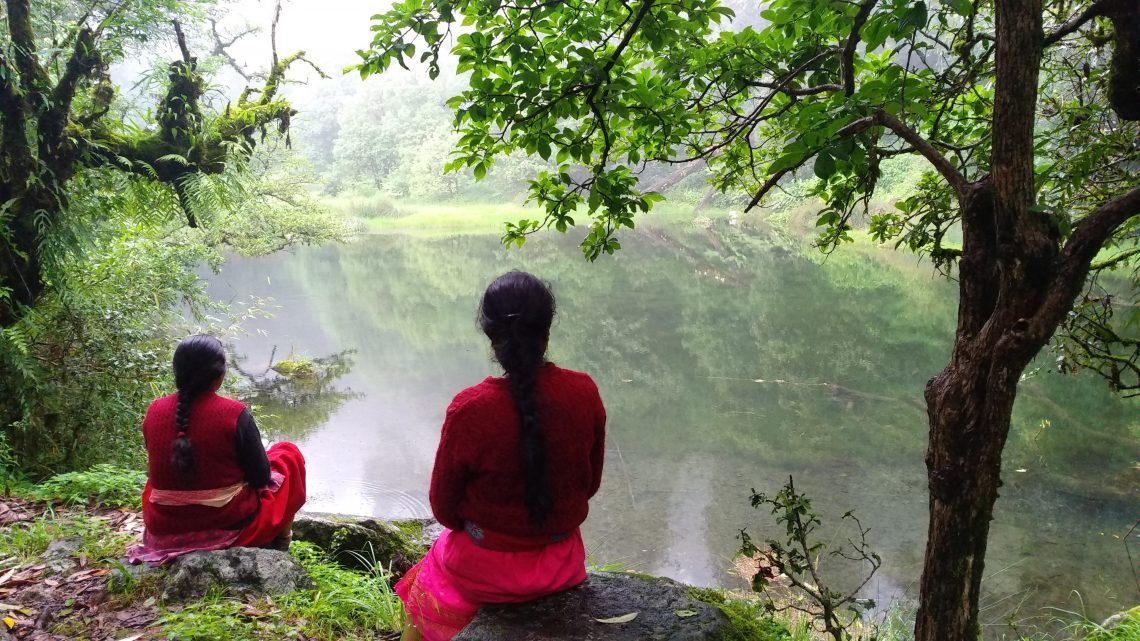
Challenging a Patriarchal Tradition to Revive a Reservoir
In the mountains of Uttarakhand, the women of Sarmoli village came together to revive the dried-out Mesar Kund – that they were once forbidden to visit
Story by: Pushpa Sumtiyal
Read the original story in Hindi
I grew up in Ghorpatta village, adjacent to Barnia village, home to the Barpatiya tribe who venerate Mesar Devta. Ghorpatta has wide terraced fields and houses with large courtyards. My best memories are of playing khokho and saatpatti. The older women would send me off to learn new designs for their carpets, and in the evenings all of us would gather in the village chabootra and share the stories of our day.
As a child, we would visit Barnia and I used to watch with great curiosity whenever jagran (a night-long prayer vigil) was offered to Mesar Devta (local diety). When the Barpatiya people performed puja with song and music, I would stand and wait to offer flowers, fruits and incense to the priests.
Mesar Kund (a forest pond) is the abode of Mesar Devta and is situated in the middle of the forest, split into the Van Panchayats (Forest Commons) of Sarmoli and Shankadhura, surrounded by huge trees of Kharsu and Timsu (oaks) on all sides. To reach Mesar Kund from the Barnia village, you have to walk for at least an hour uphill. When I got married, I came and settled with my husband in the village of Sarmoli, where the pond is located.
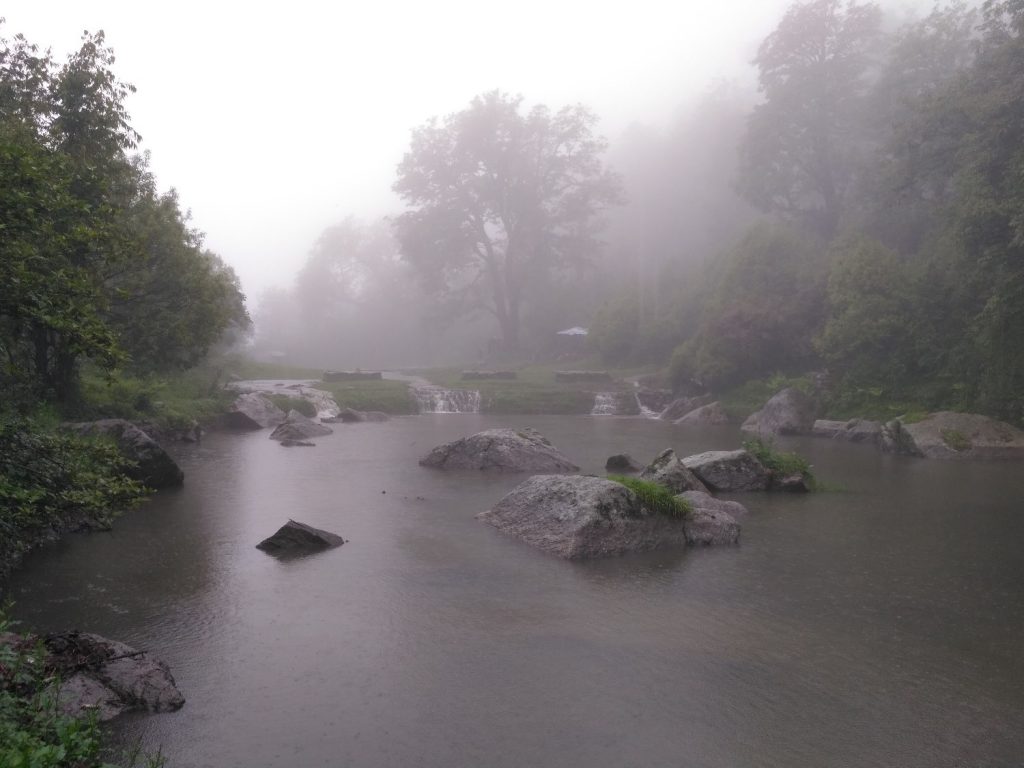
The story of Mesar Kund as told to me by my grandmother goes something like this: In the time of satyug – the sons and daughters of the Barpatiya community (classified as a Scheduled Tribe) from Barnia village used to go daily to Gwal Tal Danadhar, a pond near Sarmoli, where they could take a bath and graze their cows. One day, while playing, two young Gwala (shepherd) girls decided to take a bath. A little while after they jumped into the Gwal Tal, they were nowhere to be found. Family members searched everywhere for them but had no luck.
The distraught family went to meet their village priest with an offering of rice and asked, “Where are our daughters and why have they not reached home?” The Brahmin replied, “Mesar Devta has abducted your girls and taken them away on a white horse.” He pointed out the horse footprints along the river in the village of Ghorpatta near Gwal Tal. Upon seeing these, the frightened family members reconvened and reached Mesar Kund. They said to Mesar Devta, “Return our daughters to us.”
Mesar Devta replied, “I’m in love with your daughters, so I cannot return them. In exchange, I will bless you with any amount of wealth and grain, jewels and diamonds, whatever you ask for. I will send your daughters to meet you during festivals. “
But the girls’ families didn’t agree.
The angry family members yelled, “All we want is our daughters and nothing else.” Outraged, the entire village came together with hammers and crowbars, and started breaking the reservoir. Mesar Kund broke and started flowing rapidly, forming Mesar Rouli (small river).
At this, Mesar Devta became very angry and cursed all the Barpatiya people, “You people will not increase your lineage, you will remain only as many as you are.”
Then the Devta threw out the skeletons of the girls lying in the Mesar Kund. The Barpatiyas got scared on seeing this and apologized profusely to the Devta. They promised him, “We’ll worship you as our family Devta. We’ll do an all-night prayer vigil (jagran) for four days, and on the day of Nag Panchmi, we’ll worship you first before worshipping other deities. And the Brahmin will not be called in this puja.” Mesar Devta was very angry with the Brahmin since he had disclosed to the family that the girls had been abducted by him.
Even today, Brahmins are not invited to attend the puja of Mesar Devta. And it is believed that even today, the population of the Barpatiya people hasn’t increased; there are only a limited number of families who live here.

Till date, the Mesar puja is done with great pomp on the day of Panchami. The Barpatiya people gather in their village with musical instruments in the morning. A porridge of kauni (foxtail millet) is prepared and distributed as prasad (holy offering), after which they leave from Barnia village and go upwards to Kshamti temple situated in Jainti village, en route to Mesar Kund. But these days, it is difficult to find kauni because people have stopped growing it. As per tradition, some rice is mixed with kauni to make a kheer. Sandalwood, tilak and kheer are given as offerings.
It is said that during Satyug, after performing the puja, grains of rice were splashed in Mesar Kund and the utensils for preparing food rose up to the surface. After the ceremony, another puja was performed and the utensils immersed back in the reservoir. If the utensils were not cleaned properly, they floated on the surface. In such a situation, they were cleaned again and immersed in the reservoir until the puja the following year.
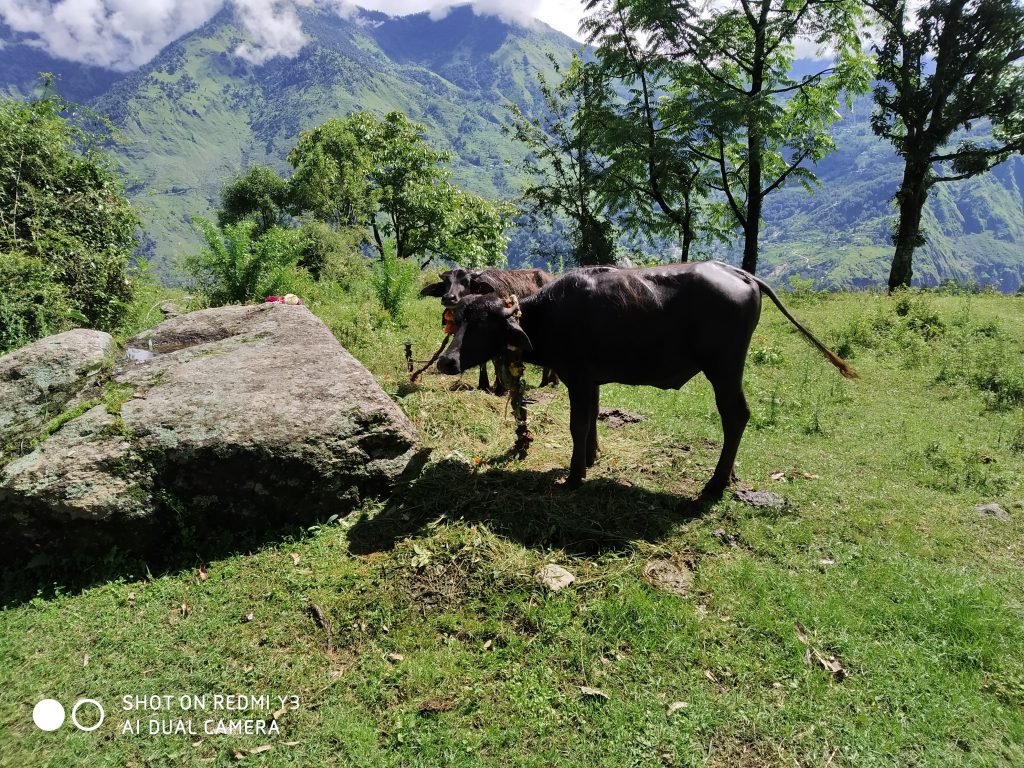
In this puja, the calf of a buffalo is sacrificed, along with sheep. Some people in our society are raising questions about this sacrifice today, but the rest follow the traditional beliefs and continue the practice. Once the sacrifice is done, the buffalo calf carcass is left to be eaten by the bears in the forest. The sheep meat is then distributed amongst those who are part of the pooja. I myself am deeply uncomfortable about sacrificing animals, but hold my silence as I am accused of trying to be too smart by the rest of my relatives.
In the last two decades, there has been a new twist in the story of Mesar Kund. It used to be a huge pond, which began drying up. The belief is that the Barnia people are responsible for its drying up, but it is clear that the erosion and denudation of the slopes above the kund has caused the pond to dry up. All the big trees are gone and there is no new regeneration because of grazing cattle. Half of it, located in the forests of the Sarmoli-Jainti Van Panchayat, dried up 30 years ago, and the other half, in the Shankadhura Forest Panchayat, was drying up fast too. This is the drinking water source for many villages and made us worry about the future. If this water dried up, where would we find another source of clean water?
As we thought about reviving Mesar Kund, we also worried about another belief. Until recently, it was absolutely forbidden for menstruating women to go to the Mesar Reservoir, or even cross Mesar Rouli flowing from it.

But when a woman was elected the sarpanch of the Sarmoli-Jainti Van Panchayat in 2003, the women of the village came together to discuss amongst ourselves if we could take on the task of reviving the dried-out reservoir. If we women took up this work, will we be going against the traditional beliefs, and will that lead to a disaster? But why would Mesar Devta be angry with us if we were only saving the source of water and maintaining the site of the Devta? Why would Mesar Devta consider it bad to revive that reservoir? After all, Mesar Devta had fallen in love with two women. (This is the belief)
Finally, we began digging Mesar Kund. The work was initiated by the women and children of Sarmoli through shramdaan (donation of labour), and slowly more people from the village got involved to dig up their share of the dried-out reservoir. There was talk behind our back, but these were people who always have a negative attitude.
While taking stock of our natural resources, we thought it would be a good idea to work in tourism together with the Van Panchayat. In 2004, we started a homestay program in Sarmoli and put aside 5% of the income earned from it for the conservation of the forest commons. Then when our community and nature-based tourism work increased in 2013, we contributed 2% of our income to the conservation fund. During the lockdown last year, our income plummeted. Our financial contribution was small, but we continued to work on the kund seasonally as it secures the water supply for our village.
We continued to work together on the Mesar Kund section that is part of the Sarmoli-Jainti Van Panchayat, and today it has become a tourist attraction. As work progressed, we also got financial support for the digging work from many sources, with the Forest Department and other NGOs (non-governmental organizations) also involved. In 2007, work on Sarmoli’s part of the reservoir was finally completed. A puja was kept for the inauguration of the reservoir, and the puja turned into a grand fair!
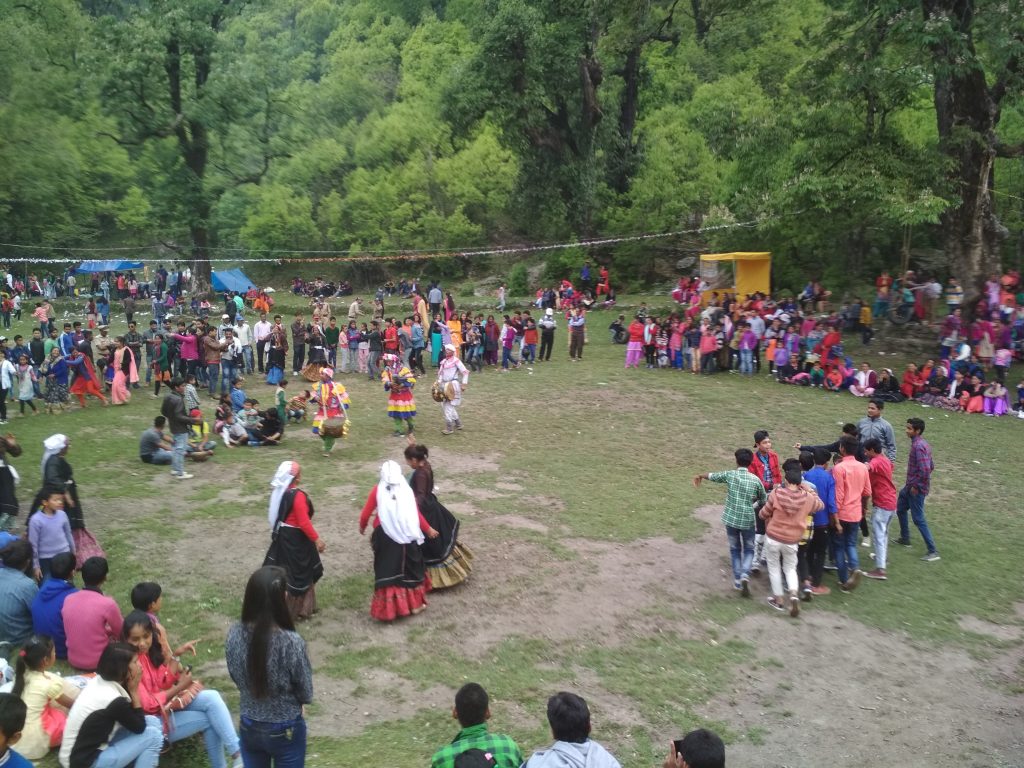
Now, every year, Van Kautik (forest fair) is organized in the month of May at Mesar Kund. Along with that, we organize the Himal Kalasutra – a week-long festival with bird walks, butterfly-moth workshops, local food and yoga workshops, marathons and nature education programs for school children. In the fair, we also give out two awards – Lok Prakriti Puraskar and Stree Prakriti Puraskar – to celebrate people committed to the conservation of our natural heritage.
Along with being a sacred place, Mesar Kund has also added a renewed sense of purpose to our lives. We proudly look after the reservoir, and it has also increased the pride of our village. In times to come, I hope that Mesar Kund will remain a safe source of water for the many villages located on this slope of the mountain.
Read the original story in Hindi
Meet the storyteller





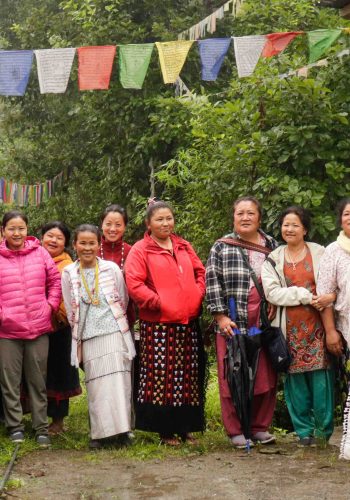
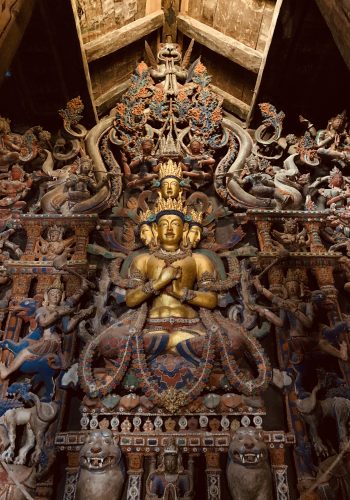
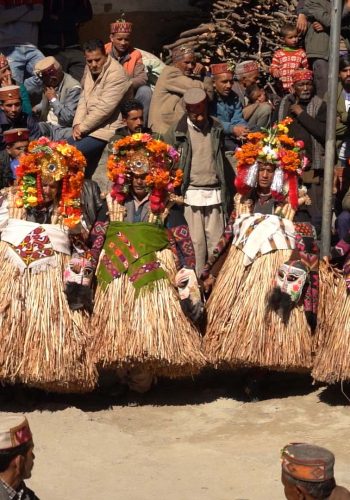
love your work